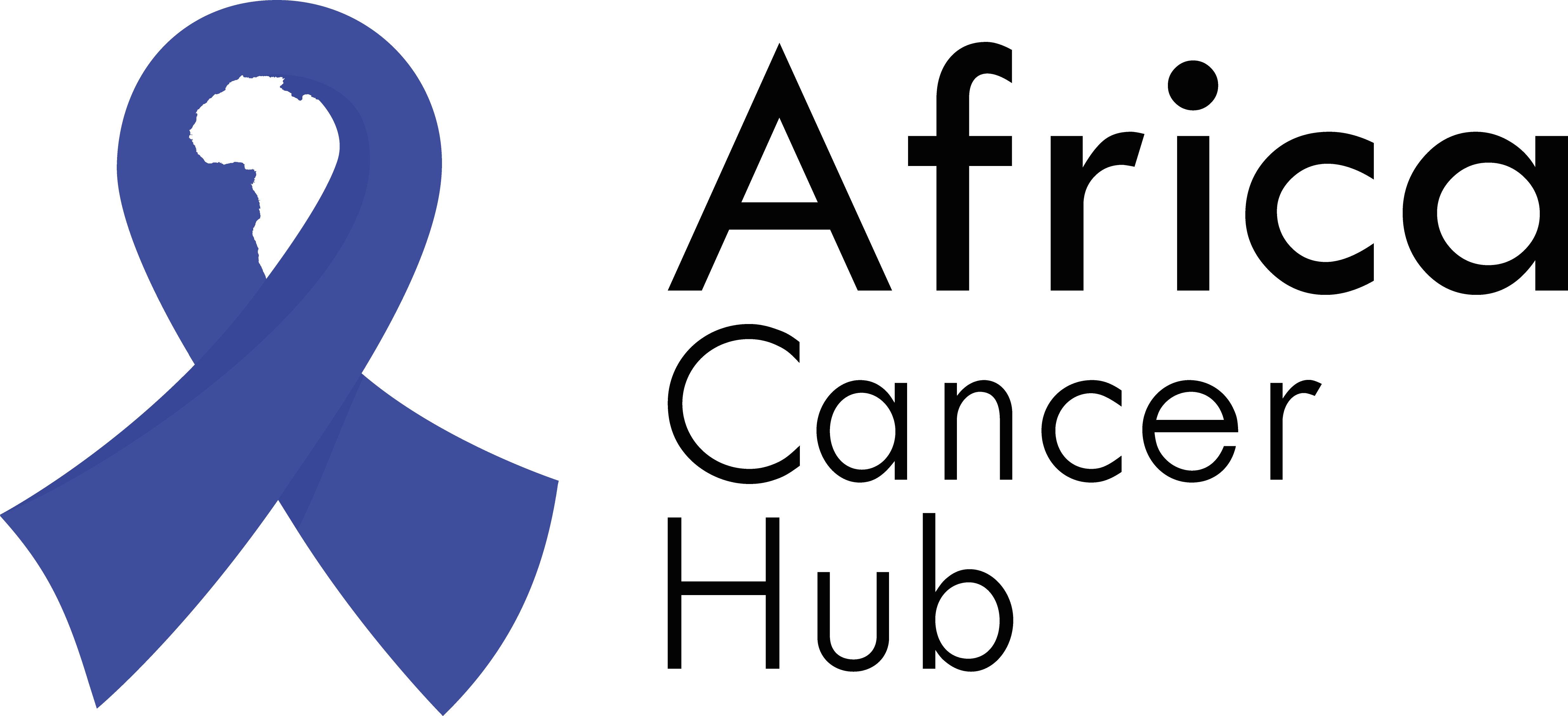The pancreas is a large gland that’s part of the digestive system. It is an organ in your abdomen that lies behind the lower part of your stomach. The Pancreas makes digestive juices/enzymes and insulin.
Pancreatic cancer is caused by the abnormal and uncontrolled growth of cells in the pancreas. It is uncommon among people below the age of 40.
Types of Pancreatic cancer
The pancreas is divided into the head, body and tail. Cancer can start in any of these three places, though about 70% of pancreatic cancers start in the head.
Exocrine pancreatic cancer
Theses are the most common types of pancreatic cancer. They start in the exocrine cells of the pancreas that make digestive enzymes. Types of exocrine pancreatic cancers include
- Adenocarcinomas : which start in the cell lining of the ducts of the pancreas),
- Cystic tumours: cyst filled sac in the pancreas which may be benign or cancerous,
- Acinar cell carcinomas : they start from the cells at the end of the ducts that make the digestive juices
- Intraductal papillary mucinous neoplasms: They start in the duct of the pancreas and produce mucus
Endocrine pancreatic cancer
They develop in the endocrine cells where hormones and insulin are made. They are also called pancreatic neuroendocrine tumours (PNETS) or islet cell tumours. They are usually grouped into functioning and non functioning NETs.
Pancreatoblastoma
This is a type of cancer that mainly affects children. They may be linked with rare genetic conditions like Beckwith-Wiedemann syndrome.
Sarcoma of the pancreas
This cancer starts in the connective tissues in the pancreas
Lymphoma
This is a cancer of the lymphatic tissue of the pancreas.

Causes/risk factors of pancreatic cancer
Factors that increase the risk of pancreatic cancer include:
Age
The risk increases as you grow older. Most people are diagnosed after age 60 and is very rare in people under 40 years old.
Smoking
About 1 in 5 cases of pancreatic cancers are linked to smoking. Smoking cigarettes, pipes and chewing tobacco can significantly increase pancreatic cancer risk
Obesity
This is another significant factor that can cause pancreatic cancer, This may be due to the production of excess insulin in obese people.
Diet and alcohol
Having a diet high in fat and sugar, eating lots of processed foods and drinking a lot of alcohol may increase the risk of getting pancreatic cancer.
Family history
There is an increased risk if a family member has had colon cancer. If more than one family member has/had colon cancer, the risk is even greater.
Other conditions
Medical conditions like Diabetes, chronic pancreatitis and infections like Helicobacter pylori infection can increase the risk of getting pancreatic cancer.

